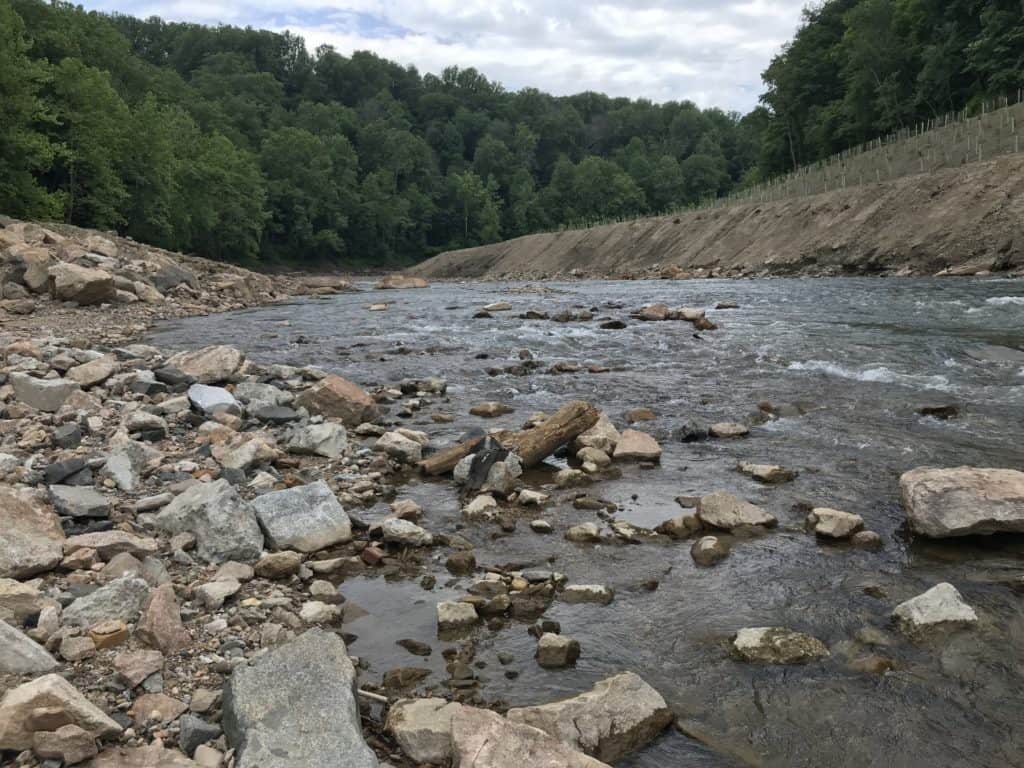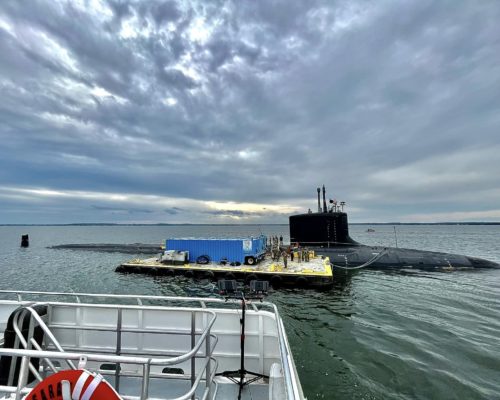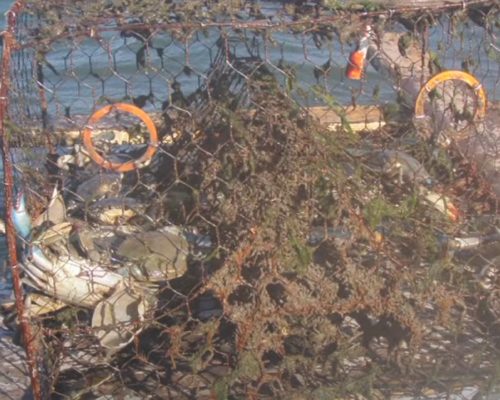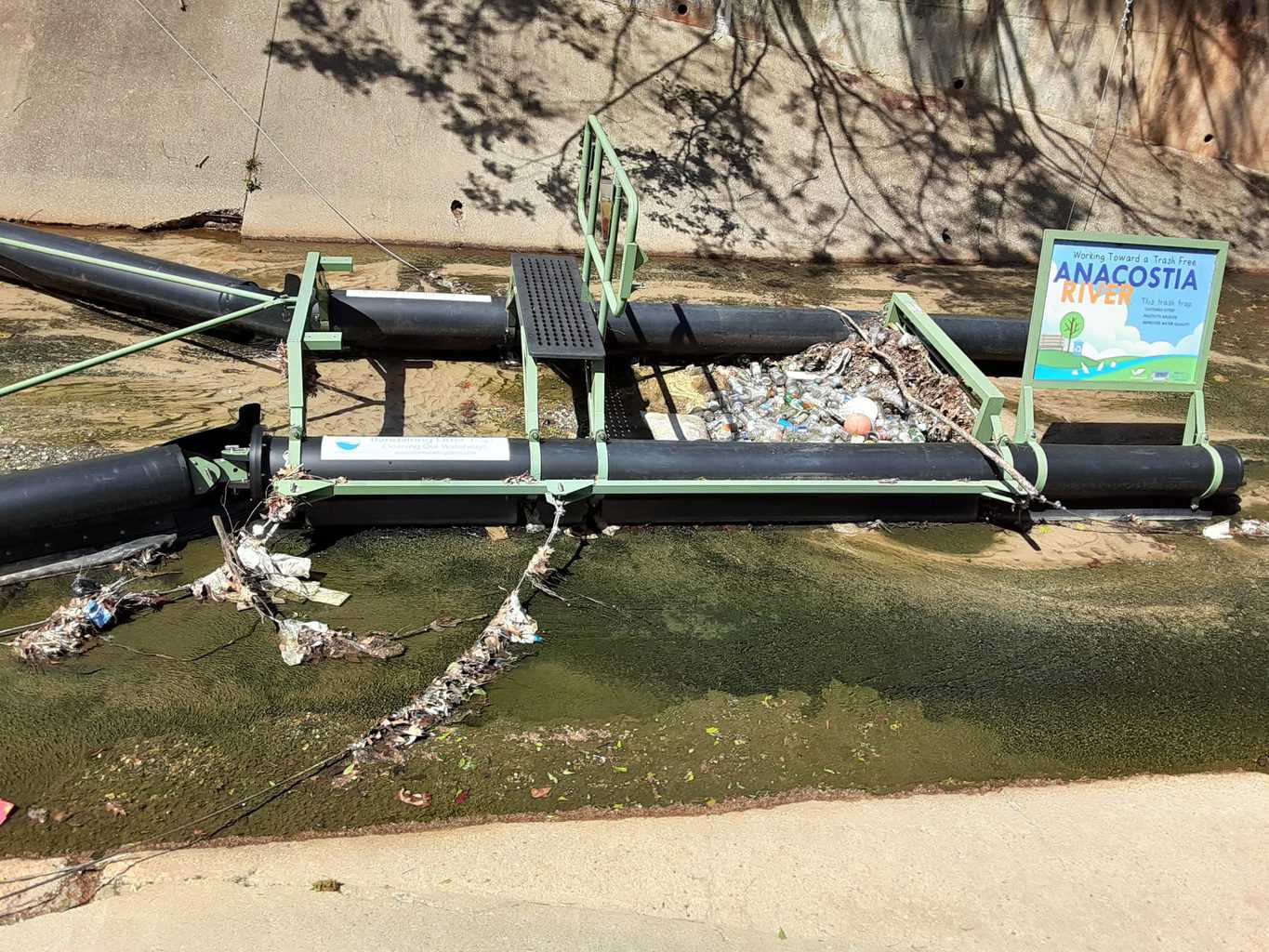It’s official: Bloede Dam is nothing but a memory, and five different kinds of fish can now return to their spawning grounds.
The nearly-$18 million project to remove the dam and restore its section of the Patapsco River took 18 months, including dam demolition, replacing portions of both Baltimore and Howard county sanitary sewer lines, and rebuilding the Grist Mill Trail.
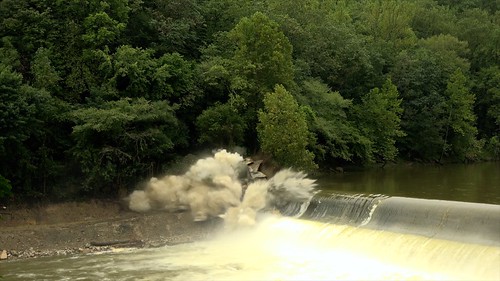
Bay Bulletin got rare access to the dam in its final few days. Watch our report on the project (and video of the “big boom”) by clicking here.
The area of Patapsco Valley State Park reopened just in time for the busy summer season, and Maryland Department of Natural Resources (DNR) says, “Visitors are enjoying the full range of outdoor recreation, anglers are fishing from newly emerging boulders in the former dam impoundment, and families are exploring the riverside trail.”
Project partners call Bloede Dam “one of the most important dam removal projects in the Mid-Atlantic.” It has served no functional purpose since 1932, when the Ambursen Hydraulic Construction Company stopped generating hydropower.
DNR says since the dam was incorporated into Patapsco Valley State Park, it has posed a safety hazard, with injuries and at least nine dam-related deaths since the 1980s.
It also blocked important fish species from reaching their spawning habitat. Now, blueback herring, alewife, American shad, and hickory shad, and American eel once again have access to dozens of miles it used to travel to spawn.
“The Patapsco River is free, after years of hard work by so many. It’s wonderful to see the Patapsco rushing back to life, and to watch park visitors discover and enjoy the free-flowing river,” said Serena McClain, project manager and director of river restoration for American Rivers.
The project was a team effort, joining the nonprofit American Rivers with DNR, Maryland Department of Transportation State Highway Administration, National Oceanic and Atmospheric Administration, U.S. Fish and Wildlife Service, the Friends of the Patapsco Valley State Park, with monitoring by the U.S. Geological Survey and University of Maryland Baltimore County (UMBC).
Project partners will continue to monitor the site to better understand how the river responds physically and biologically to dam removal.
-Meg Walburn Viviano

